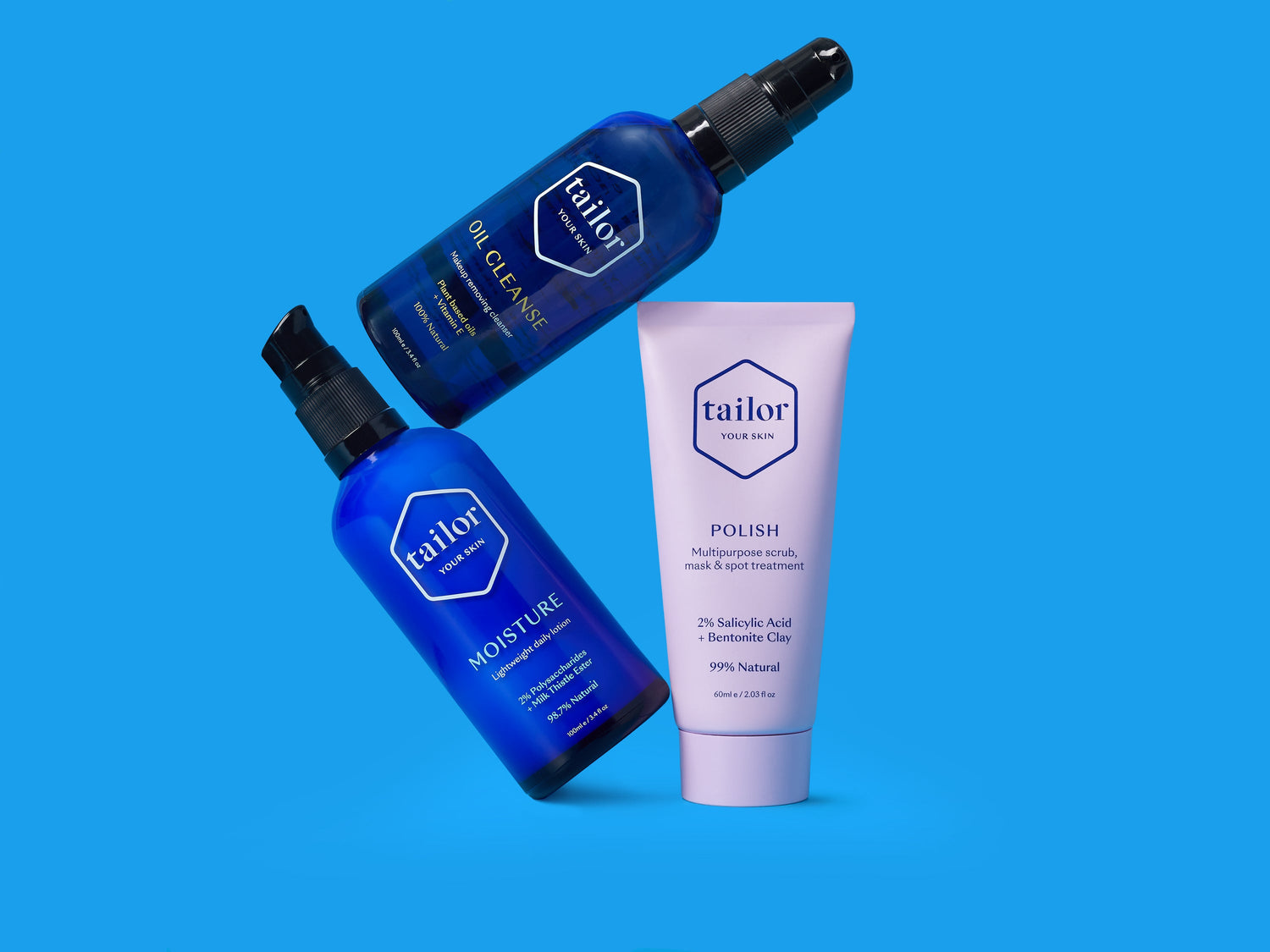One of the most common questions we are asked is about breakouts and in particular what we think about breakout medications.

We’re not doctors here at Tailor HQ, but we do know that these medications can have some undesirable side effects. We decided to ask Jessica of Wellness By Jessica to share with us what the low down is on breakout meds so you can make an informed decision about which treatment is right for your skin.
 Breakouts can be horrible! It can ruin your confidence, make you feel embarrassed and cause you to seek out quick fixes. If you suffer from more than an odd pimple then it’s very likely that at some point you have looked into medical treatment to help cure your breakouts. As a holistic nutritionist, I believe that modern medicine (think pharmaceutical drugs, surgery and your GP) and natural medicine (diet, herbs, lifestyle) need to work together. In some cases, modern medicine is the best option and other times a more natural approach is best, and at other times, you need both.
Breakouts can be horrible! It can ruin your confidence, make you feel embarrassed and cause you to seek out quick fixes. If you suffer from more than an odd pimple then it’s very likely that at some point you have looked into medical treatment to help cure your breakouts. As a holistic nutritionist, I believe that modern medicine (think pharmaceutical drugs, surgery and your GP) and natural medicine (diet, herbs, lifestyle) need to work together. In some cases, modern medicine is the best option and other times a more natural approach is best, and at other times, you need both.
I want to discuss some of the modern medicine approaches for treating breakouts; how they work and how they affect your body. I’ve covered some of the natural approaches to healing breakouts here, so you can be fully informed about your options.
Antibiotics
Oral and topical antibiotics are used to control the excessive growth of Propionibacterium breakouts, a bacteria which naturally lives on and in the skin - however, when sebaceous (oil) glands are producing too much sebum this bacteria can multiply and cause inflammation and infection.
It’s well-known that the use of antibiotics changes your natural gut flora, the antibiotics not only killing off harmful bacteria but the good ones too.
Sometimes antibiotics are entirely necessary and lifesaving, but complications can arise from both short and long term use.
In the short term; antibiotics can cause stomach upsets, or irritable bowel type symptoms, sometimes these symptoms will resolve once antibiotics are stopped, but sometimes the issues can continue long after. As a result in the change of bacteria in the body, thrush or candida infections can flare up post-antibiotic use.
Long-term antibiotic use has been linked to; lowered immunity, weight gain, asthma, and food intolerances, so it’s important that you limit the length of time in which you take these antibiotics.
 Contraceptive pill
Contraceptive pill
The contraceptive pill is often used as a way to treat breakouts, this is because breakouts can be caused by unbalanced sex hormones. Around 12-16 years old when a woman enters puberty her sex hormones will begin to change to allow her body to start to produce an egg each month. It can take 6-18 months for a woman's hormones to normalise and balance after getting her first period. It takes time for the cycle to get into a rhythm - and this is completely normal! Often the pill will be prescribed to help speed up the process, in my opinion, unnecessarily. There are lots of different arguments for and against the use of the contraceptive pill. In my opinion, the pill should be used as the last resort for non-contraceptive reasons.
Often the pill is a great quick fix and will normalise the cycle and decrease breakouts relatively quickly. However, I worry when girls or women are placed on the pill at such a young age that their cycles never get the chance to normalise, then years later they stop taking it for the first time and suddenly they have to deal with breakouts all over again. If your brain-hormone connection has never been given time to develop, your age simply doesn't matter, because artificial hormones have stopped this connection from forming.
Once you stop taking hormonal contraceptives your skin will return to the same condition as it was before, and is often worse. I urge you to look into the cause behind why your hormones are unbalanced rather than covering the problem up with hormonal contraceptives.
 High dose vitamin A
High dose vitamin A
Certain breakout medications use high doses of vitamin A (or a derivative of) to help reduce the amount of sebum (oil) that is produced by the skin, thus reducing breakouts. High doses of vitamin A puts extreme stress on your liver, the organ that’s responsible for clearing out excess breakout-causing hormones in the first place. High doses of vitamin A are also very drying for the body; your skin becomes extremely dry, your lips crack, and the skin can become quite red. This treatment is also strictly unsuitable for anyone who is pregnant or could fall pregnant due to the risk of birth defects in the baby.
*Update: Taking High doses of vitamin A has been linked to depression, fatigue, irritability, aggression, even personality change and psychosis.
Benzoyl Peroxide
Benzoyl peroxide is a topical chemical used in breakout creams which kills the bacteria on the skin and helps to clear pores by breaking down hardened oil. This form of treatment can leave the skin dry, flaky, and sore. This is a very surface remedy and won’t fix your skin long term or treat the underlying cause of your breakouts. Stripping your skin of its natural oils can leave it in a worse condition long term.
Instead, you want to be using products which nourish the skin, giving it the ingredients it needs to heal.
Check out the results with Tailor Renew and Polish.
Please remember that there are other options available to you when looking to treat skin issues, your doctor is a valuable source of information but is not your only option when looking to treat physical issues. As a holistic practitioner, I support the use of natural and conventional medicine, together these two streams of health care can work together beautifully. it is about finding what best suits your body, beliefs and way of life.

 |
Author - Jessica Gilljam Brown
Jessica is a qualified nutritionist, and takes a holistic approach to health and wellbeing. She is passionate about helping people to discover how amazing their bodies are designed to feel when powered by the right nutrients. Jessica uses evidence-based science to help educate, and make lasting changes in people's lives. Follow Jessica on Instagram and Facebook, or learn more at her website
|


 Contraceptive pill
Contraceptive pill High dose vitamin A
High dose vitamin A